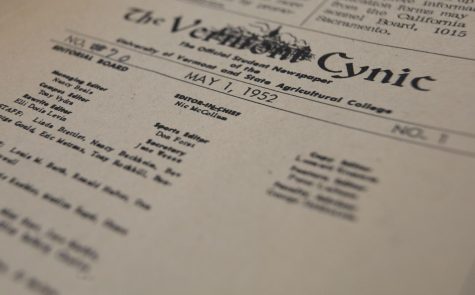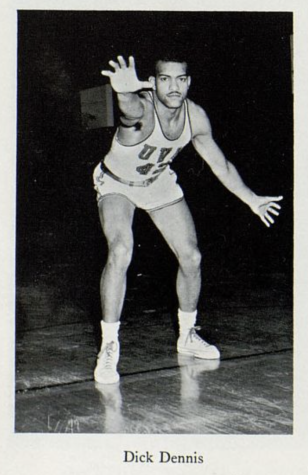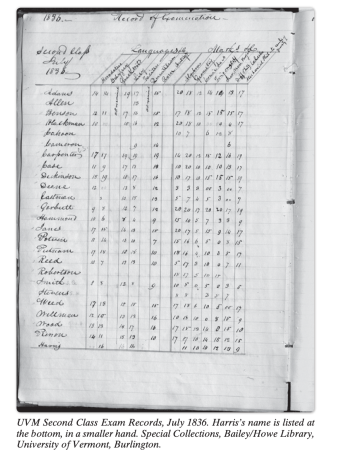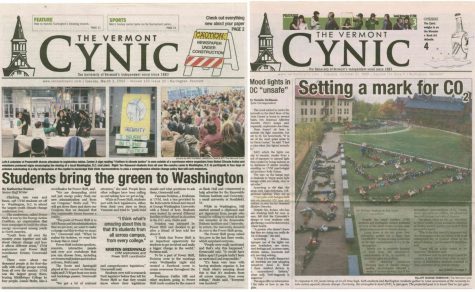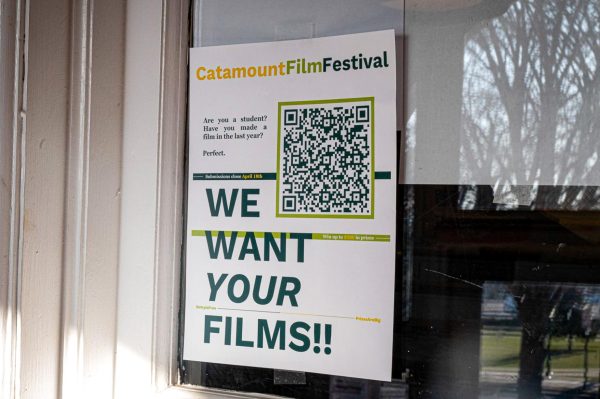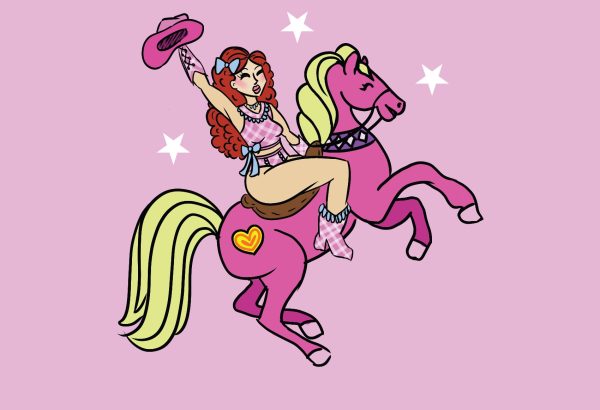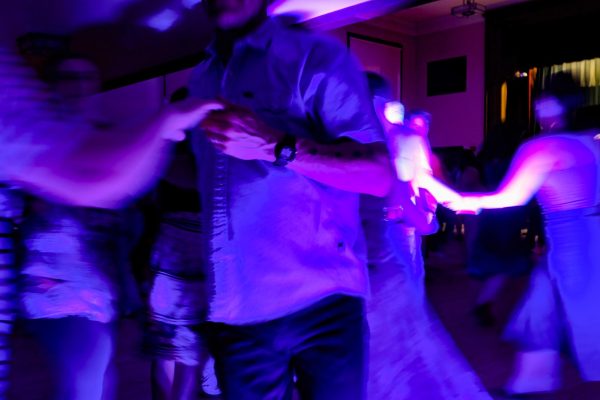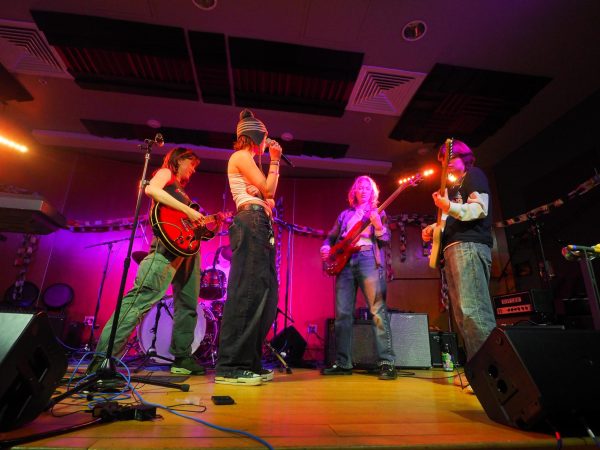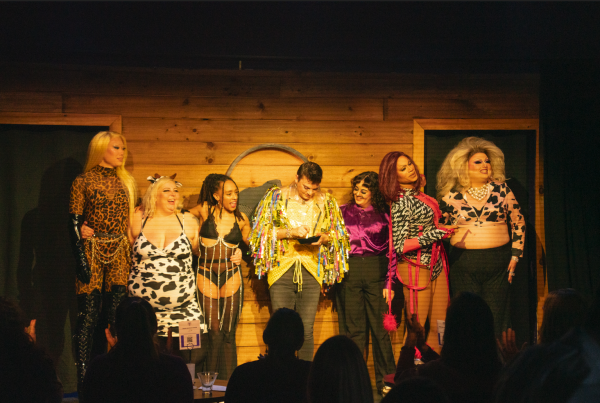New Turf: Unnatural Nature
As the environment inches closer to the forefront of the collective twenty-first century conscious, we see an increased presence of environmental representation in numerous venues. The New Turf exhibition, which was wrapped up this past Sunday at the Fleming Museum, may have been a case of life art imitating life.
The exhibition showcased the work of fifteen contemporary artists, many of them from Vermont, and their interpretations of the “shifting terrain,” of the environment and its art.
Varied sensibilities of the fifteen artists resulted in a startlingly wide spectrum of “postmodern approaches to landscape.” Content of the pieces ranged from reverence to the environment to explicit illustrations of its degradation. However, the pieces featured no traditional landscapes of discernible forests or sunsets in watercolor or rich oils. Instead, candy wrappers and digital chromogenic color prints took the place of traditional media, often suggesting corruption or contamination of nature in a post-industrial world.
Pieces that challenged our notions of the natural world in particular included the works of David Maisel, Jane Fine, Tom Fruin, Anne Appleby and Sandy Litchfield.
Maisel, whose Terminal Mirage series depicted the toxicity of the Great Salt Lake Basin, succeeded in deceiving the viewer by using aerial photographs of the destroyed natural world, which resulted in what lookd at first glance more like an adventurous study in color and texture, but upon realization of his subject matter resonated as a calculated call to arms for preservation.
Jane Fine’s pieces Sugar Time and Rear Offensive similarly appealed to the viewer with inviting colors and a sweeping rhythm, but the complex layers and detail suggested much more than what meets the eye.
Under its pinks and purples, Sugar Time was a mesmerizing union of nature and mechanism, while the shapes of olive drabs of Rear Offensive suggest war.
Tom Fruin’s Project Survey appeared to be a massive mixed-media collage, alluding to a map but was actually a depiction of the illegal drug sale and use, inspired by his time in New York, and was composed of the minute plastic bags used for transfer of the drugs, as well as candy wrappers and other detritus of the city.
Anne Appleby’s series of six studies of color in nature was intriguing in part due to its process: over fifty layers of oil paint and wax were poured to achieve nature’s brilliant hues. The result achieved a striking tribute to nature, as well as a complexity of surface one does not usually associate with a monochromatic, figureless piece. Finally, Sandy Litchfield’s Plenty of Particulars was one of the closest things to a traditional landscape in the exhibit, yet her decisions in regard to technique; sporadic, multiple thick layers of paint paired with vacant thinness created a feeling that was at once recognition for the scene and a distant isolation from it.
Ultimately, the abandon and irreverence to tradition with which these fifteen artists rendered the environment is a truly valuable resource in a postmodern setting, as we try to come to grips with the reality of existing in an environment that we have destroyed.


